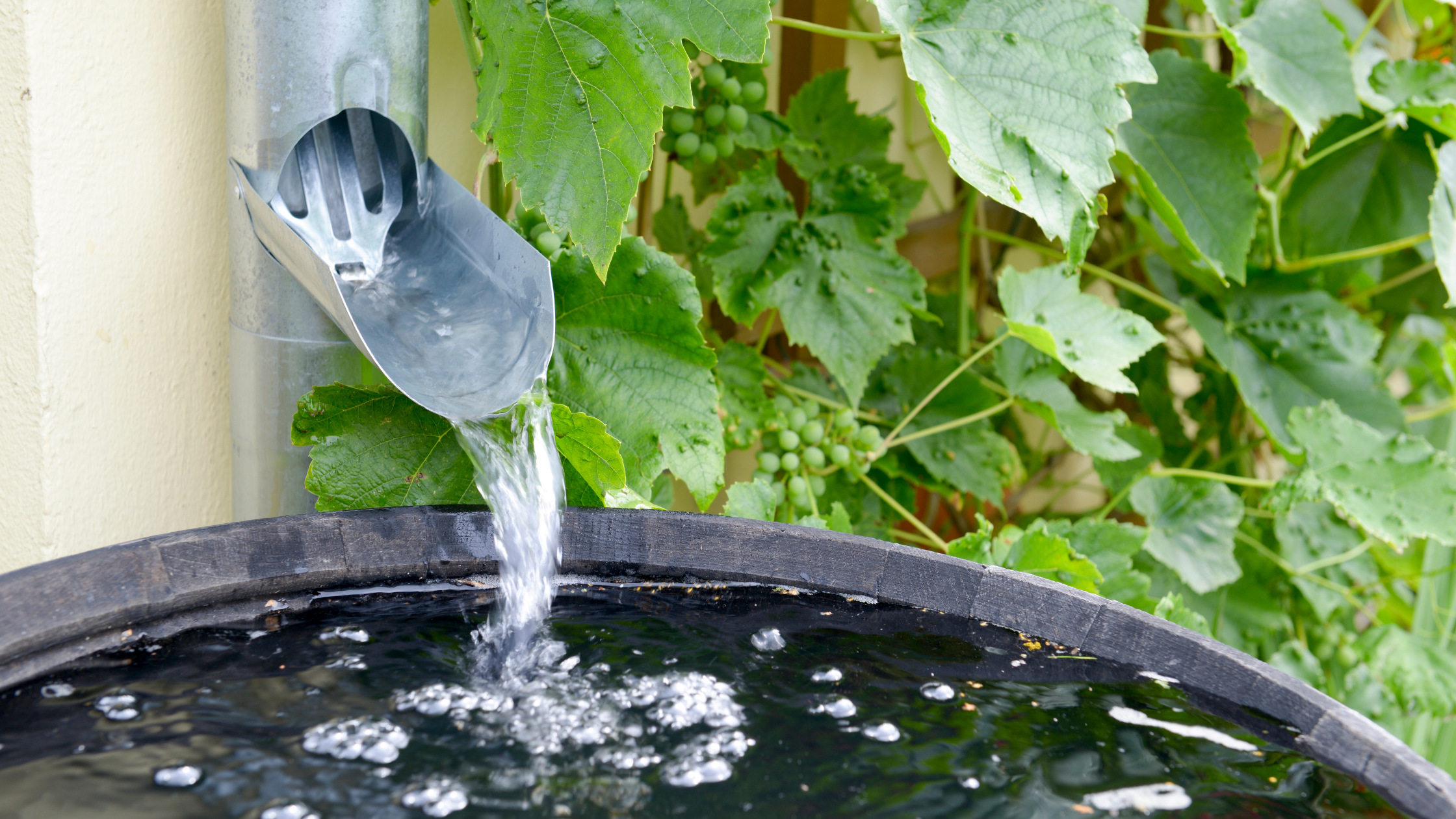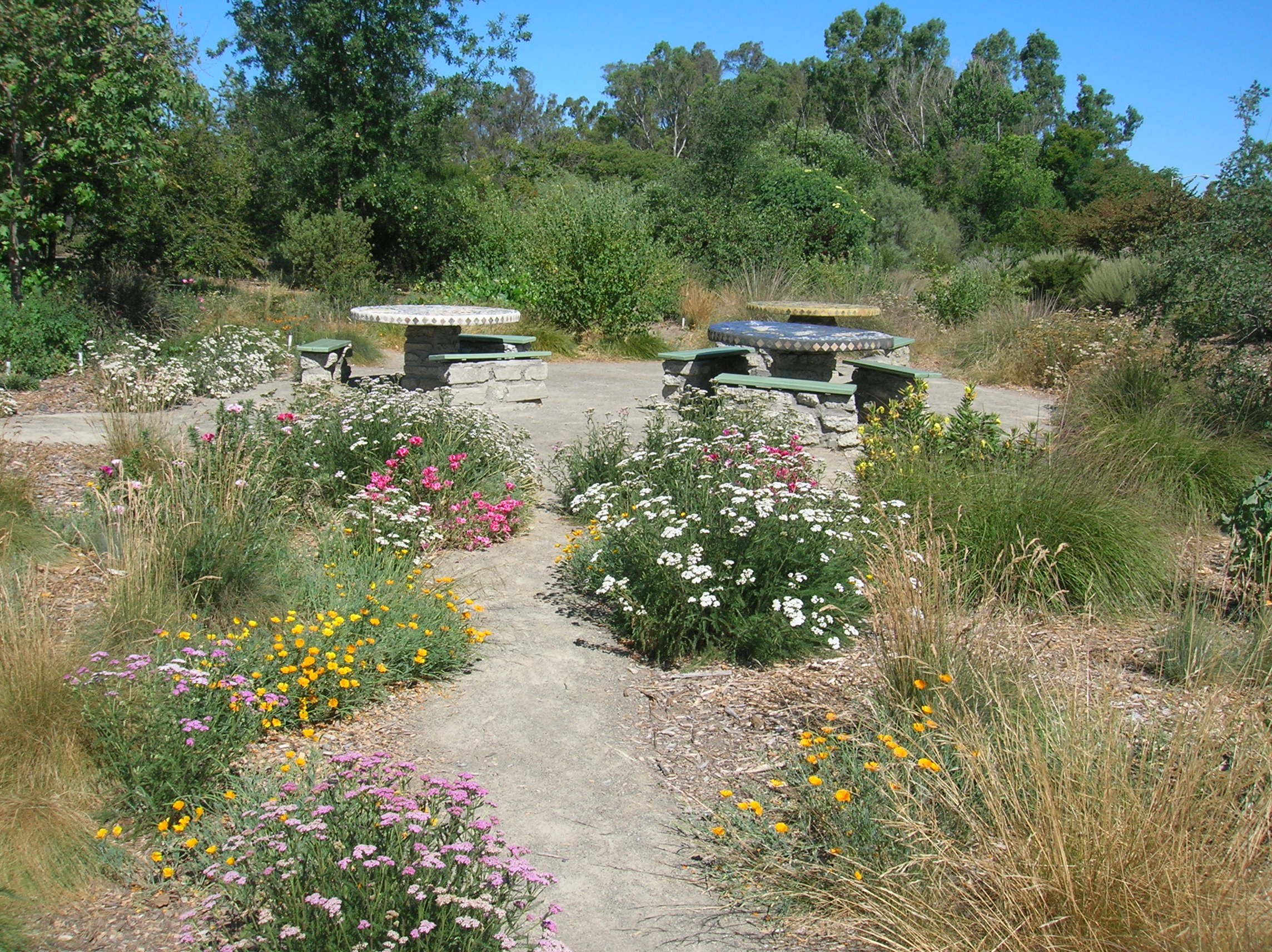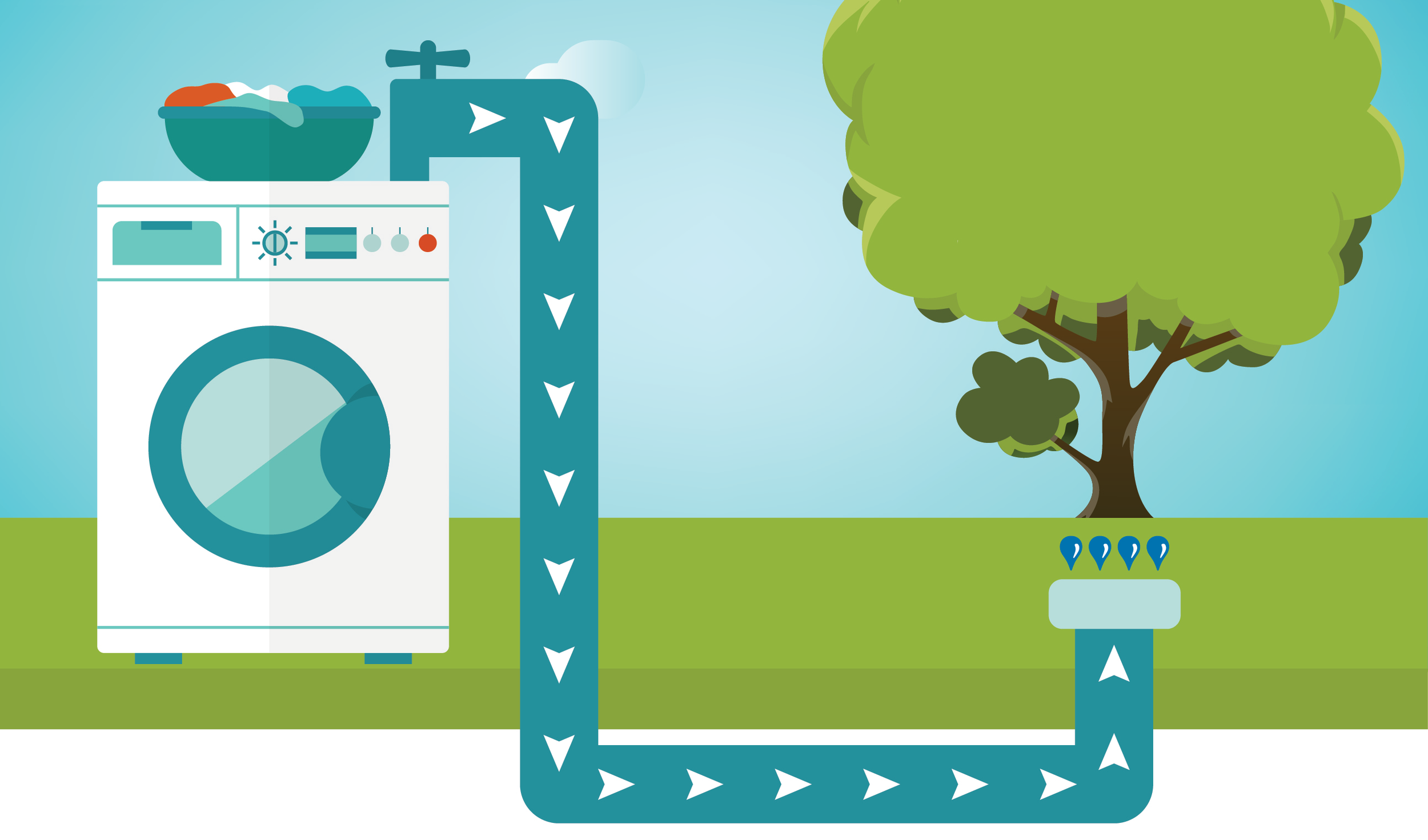Let’s Talk: REUSE Investing in Multi-Benefit Stormwater Capture and Use
a 4-R Integrated Approach to water management Series nOV 4, 2021Rain in Los Angeles. Photo by Nathan Dumlao
Over the past century, Los Angeles has viewed stormwater as a massive liability. After years of dangerous flooding within our neighborhoods, we've turned to flushing our polluted water quite literally down our storm drains to "solve" this problem. Unfortunately, our concretized rivers-turned-flood-control channels have been bearing the burden of conveying our polluted runoff and stormwater out to sea, harming both wildlife and those who recreate on our inland and coastal waters. But what does contaminated stormwater have to do with our drought crisis? Well, we can turn this liability into an asset by capturing and reusing it! While we are amid a mega-drought and facing a dry winter now that La Niña is back, we must not ignore the potential of stormwater to help augment our water supplies and reduce our reliance on climate-impacting water imports. As we saw just a week ago, when it rains in LA, it pours, and as our water supply hangs in the balance, it's time we dedicate ourselves to capturing, cleaning, and reusing our stormwater. Every. Drop. Counts. In our last blog, we discussed the first 'R' of our 4-R Integrated Approach to Water Management, 'Reduce,' and today we're sharing on the 2nd 'R'- Reuse. So, let's talk about how investing in multi-benefit stormwater capture can prepare us for hotter, drier weather.
Why is ‘Reusing’ Water Necessary?
Dominguez Channel before a rain event.
Urban and stormwater runoff is the single largest source of pollution to our region’s inland and coastal waterways. Los Angeles alone sees an astounding 100 billion gallons of runoff every year, which comes from the estimated 100 million gallons that run off even on dry days and the 5-10 billion gallons or more that can run off during a major storm event. In Los Angeles, our concretized LA River and all its tributaries turn into the city’s largest sewer, carrying pesticides and herbicides from our homes, oils, and grease from our roads, heavy metals and other toxins from Los Angeles’ businesses, and trash, bacteria, and other contaminants from local communities straight into our waterways. Our antiquated view of stormwater and lack of proper infrastructure is a HUGE oversight on the potential to utilize stormwater for good. Instead of letting an ‘urban slobber’ of pollutants flow untreated into our rivers, creeks, lakes, and oceans, we could capture and treat stormwater, allowing it to be an invaluable resource to build up our local water supplies. So how do we go about capturing stormwater? Well, one way is through multi-beneficial and nature-based stormwater projects, and here’s what that looks like in Los Angeles.
Gushing water in the Los Angeles River.
What are Multi-Beneficial and Nature Based Projects?
Multi-benefit stormwater capture refers to any effort that achieves two or more goals – often community-oriented and environmental goals. Most projects focus on improving water quality and enhancing local water supplies while incorporating other community and environmental benefits such as improving air quality, reducing flooding, adding recreational opportunities, increasing habitat, and reducing the heat-island effect. Most multi-benefit capture projects can be categorized into the following:
Compton Creek Natural Park at George Washington Elementary includes environmentally friendly features such as natural retention basins and bioswales for stormwater treatment, and provides habitat for local and migratory birds, and an environmental learning area for the school. Photo courtesy of Mountains Recreation & Conservation Authority.
More traditional gray infrastructure, such as low flow diversions that send runoff to a facility that will recycle and reuse runoff, or
Nature-mimicking projects approximate how natural processes function, such as large cisterns under a park that can capture and allow runoff to infiltrate into groundwater or be used for irrigation or green streets with added trees and vegetation to produce shade and improve air quality.
These gray and nature-mimicking projects tend to provide important water quality and water supply benefits; when natural elements are incorporated, they can provide additional advantages! But even more (multi) beneficial are true nature-based solutions that use soil, trees, and other greenery to capture, treat and infiltrate urban and stormwater runoff. These can include native rain gardens at the residential level, new parks and greenspace with a variety of native vegetation that can capture and infiltrate runoff at the neighborhood scale, or public green spaces and constructed wetlands that can treat stormwater from even larger regional drainage areas.
As Los Angeles became more urbanized, ground surfaces became impervious (more concrete, less soil) and reduced the natural filtering systems. As a result, due to concretization and pavement, 85-95% of runoff ends up in the LA River. But Los Angeles is breaking through concrete and prioritizing nature-based solutions as the water captured through multi-beneficial projects can be used to accomplish a variety of goals, including irrigating outdoor spaces instead of using imported water, providing clean water for recreational areas such as beaches and rivers, reducing flood-prone neighborhoods, creating new recreational and green space, and more. These projects offer Los Angeles a plethora of benefits. Thanks to programs like the Safe Clean Water Program and the parcel tax, Measure W, we are seeing more and more multi-beneficial and nature-based solutions come to life in our region.
What is Measure W & the Safe Clean Water Program?
Ballona Wetlands at Sunset. Wetlands allow for groundwater recharge, a flood buffer for local communities, educational resources, and habitat for wildlife.
In the early 1990s, founder of Heal the Bay Dorothy Green started the "Unpave LA" movement. To prevent flooding downstream, the idea was to reduce paved surfaces upstream and replace them with permeable areas in all of Los Angeles' watersheds. Although this movement didn't make as much headway as she had hoped at the time, it set the stage for today's large-scale effort known as the Safe Clean Water Program (SCWP). SCWP was made possible by the passage of Measure W in 2018. LA Waterkeeper was integral in the crafting and successful passage of Measure W through our advocacy work and coalition-building efforts. Our extensive outreach and work with local communities and other community-based organizations ultimately led to widespread support for a measure that would provide equitable, community-driven, and multi-benefit stormwater projects.
The program aims to provide local, dedicated funding to increase our local water supply, improve water quality, and protect public health. In total, the SCWP allocates $285 million per year toward multi-beneficial stormwater capture projects via 9 different watershed areas within LA County. Today, LA Waterkeeper still plays an essential role in the SCWP. For example, we serve on the Scoring Committee as Chair, where we give initial scores for all the submitted multi-beneficial projects. We also serve as a member of the Central Santa Monica Bay Watershed Area Steering Committee. We decide which projects within that watershed area get funded (under County Board of Supervisors approval).
Is the Safe Clean Water Program working?
Rain clouds over downtown Los Angeles.
In many ways, it is! We have seen several exemplary projects come through the program, providing community benefits while also utilizing nature-based solutions to meet water quality goals. A few of these projects include:
Urban Orchard Project (Lower Los Angeles River): a new park with a treatment wetland located in a disadvantaged community that incorporates a variety of recreational amenities, including an orchard with fruit trees, picnic areas, and bike/pedestrian trails.
Machado Lake Ecosystem Lake Rehabilitation Project (Central Santa Monica Bay): a variety of lake improvements, including new treatment systems to ensure the lake has clean water, the removal of invasive plant species and the planting of native vegetation, and new recreational activities such as fishing piers, walkways, and educational signage.
Arroyo Seco-San Rafael Treatment Wetlands (Upper Los Angeles River): new treatment wetlands that improve water quality in the San Rafael Creek, recharge the local groundwater basin, provide new irrigation water supply, and includes community benefits such as walkways and trails and new educational signage.
See more of SCWP projects on its reporting map website!
People walking in Griffith Observatory Park.
If there’s anything this program has shown us, though, it’s that there is no one-size-fits-all solution. To address stormwater quality issues in LA, there will need to be a variety of solutions in various locations throughout the city and county. While there have been significant strides in the arena of multi-beneficial stormwater projects, there remains room for improvement as we push for significantly more investment in nature-based projects that will maximize the benefits to our water quality, water supply, and local communities. That is why LA Waterkeeper is still hard at work to improve the SCWP further.
Here’s what we’re doing to ensure that the SCWP reaches its full potential:
Working with our Our Water LA (OWLA) partners to advocate for changes in the SCWP scoring criteria to ensure approved projects result in more conversion of impervious surfaces to porous surfaces, a greater use of nature-based solutions with native soils and vegetation, and a more significant focus on disadvantaged communities;
Participating in an effort led by Accelerate Resilience LA to build consensus on more specific metrics and monetization that we hope will make the case for taking a more proactive watershed approach to project development, and the value of investing in multi-benefit nature-based solutions;
Working with local municipalities, communities and Watershed Coordinators to ensure a pipeline of more community-driven nature-based projects are developed; and
Leveraging SCWP funding with additional state and federal resources as well as local funding provided by recently approved housing (‘H’), parks (‘A’) and transit (‘M’) measures (known collectively as WHAM) to both utilize funding more efficiently and also to better integrate planning.
But with that being said, we can all help our region achieve a more sustainable water supply.
How you can “Reuse”?
There are many ways you can help to reuse water at home, such as:
Plant drought-tolerant rain gardens to reduce flooding and watering needs, which provides a beautiful landscape, helps infiltrate water into our depleting aquifers, contributes to cleaner air, and reduces the heat island effect by providing shade. The City of Los Angeles has a rainwater harvesting guide, with a “how-to” on rain gardens starting on Page 9!
Install cisterns to capture stormwater from your rain gutter to use for irrigation. TreePeople has an in-depth guide to installing your own cistern that even includes a checklist!
Install greywater systems to reuse water that would otherwise be sent down the drain. Greywater systems utilize water from your shower, sinks, and washing machine to irrigate landscaping. They're a great way to start reusing water, but keep in mind that you'll need to start with products safe enough to be used in your garden. Many detergents aren’t safe to use for irrigation, so it’s best to make sure your products are greywater system-safe!
Attend and participate in your local Watershed Area Steering Committee meetings to learn more about the SCWP projects being constructed in your area and push for more equitable and multi-beneficial projects. These meetings are open to the public and always accept public comments, look for upcoming meetings for your Watershed Area Steering Committee and attend!
In response to the worsening drought conditions, we should be focusing on ensuring we utilize every possible resource available- including urban and stormwater runoff. The more public support we have for reusing water, the closer we can get to a local water supply portfolio that can withstand the challenges brought on by climate change and megadroughts. While rain events have been less frequent, Reusing is an opportunity to improve water quality, green our communities, and promote local water supplies. And the time to make LA County climate-resilient is now.
Up next in our 4-R approach is Recycling. What is water recycling? And how can it help serve a local water supply? Find out in our next blog, diving into the 3rd R of our Integrated Water Management Approach.













